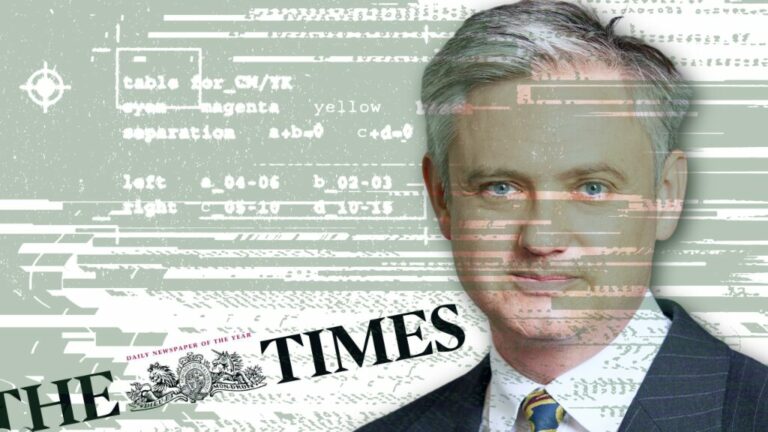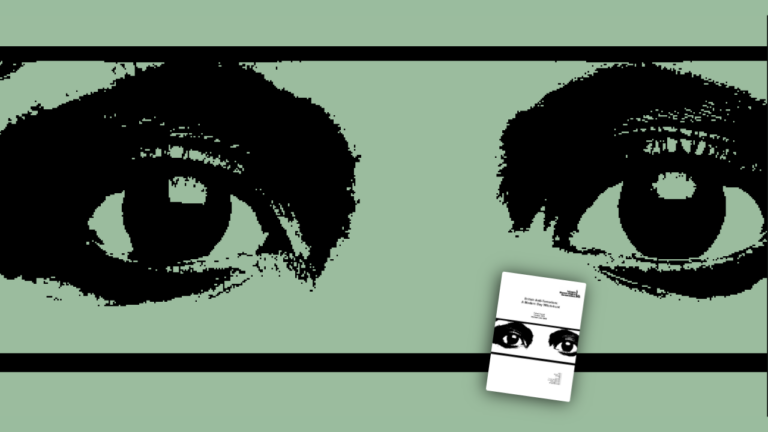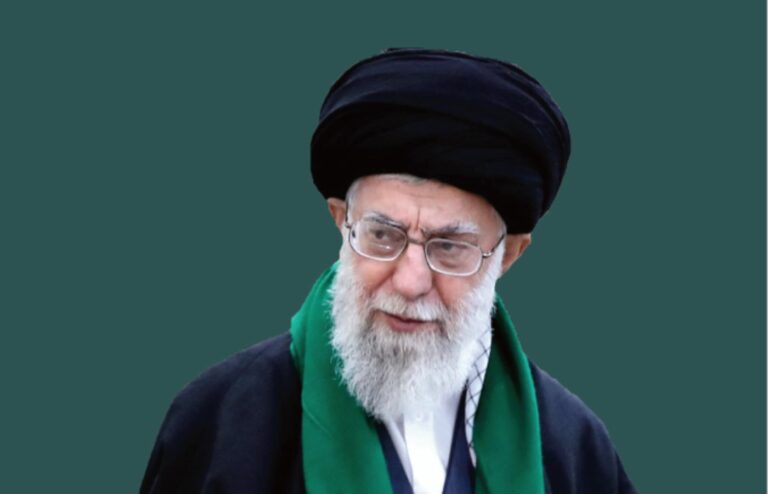————————————————–
Islamic Human Rights Commission
————————————————–
16 December 2003
Briefing: Proposed French Ban on Religious Signs in School violates Freedom of Religion, and Rights to Education and Work.
A. Background
B. Germany
C. Analogous Cases
Background:
Approximately 5 million out of France’s 58 million people are Muslims, many of them descendants of immigrants from former French colonies in North Africa. Furthermore, an estimated 50,000 French citizens (ii)embrace Islam each year . Muslims in France face a number of daily problems. One recurring difficulty them is the ban on the Islamically prescribed headscarf from public institutions. The main reason given for this prejudice is that the headscarf conflicts with France’s secularism.
The problem stems back to 18th September, 1989 when 3 Moroccan girls were denied admission to Caprielle Hafaz Institute in Paris by the school’s director, due to their wearing of the hijab(i). Since that day and up until the 21st May 2003, there has been over 400 “veil problems” according to statistics released by the French Le Nouvelle Observateur.
Two of the most recent incidents occurred in September of this year. On the 25th September, 2 sisters, Lila (16) and Alma Levy (18) were expelled from Henri Wallon lycee in the Parisian northern suburb of Aubervilliers, for refusing to remove their headscarves. Four days later, 12 year old “Hilal” was temporarily prevented from attending classes at Charles-Walch de Thainn in the north of France, for refusing to remove her hijab. On the 10th October, the school irreversibly denied her access to the school. Finally, on the 28th November, the school’s disciplinary council decided to expel her. The council stated that “Hilal” refused to respect the school rules by insisting on wearing clothes “of ostentatious religious sign on purpose to harass her colleagues, which runs counter to the secular nature of the school.”
On the 1st July of this year, President Chirac appointed the presidential media attaché, Bernar Stasi, as head of a commission assigned with applying secular principles in France and preparing recommendations on the possibility of passing a law that bans the veil in French schools. On the 21st September, French Prime Minister Jean-Pierre Raffarin stated that there was no room for religious symbols in French educational institutions. Expressing his opposition to any “ostentatious expression of religious affiliation”, he claimed that “schools cannot be a place to express religious commitment or launch political or religious propaganda”. On the 28th November, Prime Minister Raffarin secured a majority approval of his ruling party to pass a bill banning religious signs in school. On 6th December, President Chirac antagonised the Muslim world by declaring that the hijab was “a sort of aggression that is difficult for us [the French] to accept”. On 11th December, the Stasi Commission recommended issuing a new law to ban “conspicuous” religious signs from schools, including hijab. Now the world awaits President Chirac’s decision on the 17th.
Opponents of the bill’s primary concern is that such a bill will violate the right to freedom of religion, guaranteed by the European Convention of Human Rights, the UN Charter and other international treaties. The IHRC further fears that such a bill would compel many Muslim girls to have to make the extremely difficult choice between their education and their religion. This may well lead to many girls deciding to leave school rather than abandon an essential element of their faith. This will also lead to a violation of the right to education and the right to work, both guaranteed under many international human rights treaties which France has ratified.
Germany:
The IHRC is also deeply disturbed that this prejudice is rapidly increasing in Europe at a governmental level. On 10th October last in Germany, at a meeting of the 16 regional ministers for culture, education and religious affairs in Darmstadt, 7 states backed proposed legislation banning the hijab from public schools while 8 opposed it. The city-state of Bremen had not agreed on a formal position at that time. Subsequently, officials at the meeting issued a statement that each region would now have to decide on the matter “according to their traditions”.
On December 9th of this year, the government of Bavaria unveiled a draft law banning the hijab in public schools. The law will not ban Christian and Jewish religious symbols. The Bavarian Minister for Education, Monika Hohlmeier stated that “we are defending pupils against a potential fundamentalist influence and are respecting the wishes of the majority of the parents”. The proposed measure must now be ratified by the regional parliament, which is regarded as a formality because of the Christian Democratic Union (CDU) majority. Regional Culture Minister Annette Schavan said that the headscarf is \”seen as a symbol of cultural division and part of a history of oppression of women.\” Schavan defended the decision not to include Christian or Jewish symbols in the ban, saying the state constitution placed Christian and Western values and culture at the heart of the education system.
The ban is a clear violation of freedom of religion in contravention of the European Convention of Human Rights, the International Covenant on Civil and Political Right and other international treaties. It is also clear religious discrimination as Jewish and Christian symbols have not been included in the ban. Again, the ban may result in Muslim girls staying at home and many female Muslim teachers leaving their posts. This will result in a violation of these Muslims’ fundamental rights to education and to work.
Bavaria is the second state in Germany to draft such a bill. Baden-Wuettemberg was the first and it is expected to ratify its bill sometime next month. Other states planning similar legislation are Berlin, Brandenburg, Hesse, Lower Saxony and Saarland. Of those, Berlin, Hesse and Saarland want to extend the prohibition to all public institutions.
Analogous Cases:
In September this year, a Muslim teenager was expelled from a private school in Quebec for wearing her hijab. The Quebecan Minister for Education was helpless to remedy the situation as it was a private school. A ruling in February 1995 by the Quebecan Human Rights Commission declared that banning headscarves from school contravened the Quebecan Charter of Human Rights and Freedoms.
This worrying trend is on the increase throughout the world in places as diverse as the United States, Tunisia, Singapore, Turkey and Israel. A recent UNESCO report revealed that many girls face “sharp discrimination” in getting access to schooling in most developing countries. The ban on headscarves in public schools will deny even more girls access to schooling in the “developed” world. Muslim girls should not have to choose between their faith and their education. Both these rights are guaranteed by international law. Compelling them to do so will marginalize Muslim women from society. It will lead to a generation of uneducated and unemployable Muslim women which can only lead to isolation and resentment.
- Hijab is the headscarf worn by Muslim women as part of their faith.
- Gurfunkiel, Michel, ‘Islam in France: The French Way of Life is in Danger’ in The Middle East Quarterly (March 1997) Vol. IV(1)
For more information please contact:
Islamic Human Rights Commission
PO Box 598
Wembley
HA9 7XH
United Kingdom
Telephone (+44) 20 8902 0888
Fax (+44) 20 8902 0889
Email info@ihrc.org
Web www.ihrc.org





